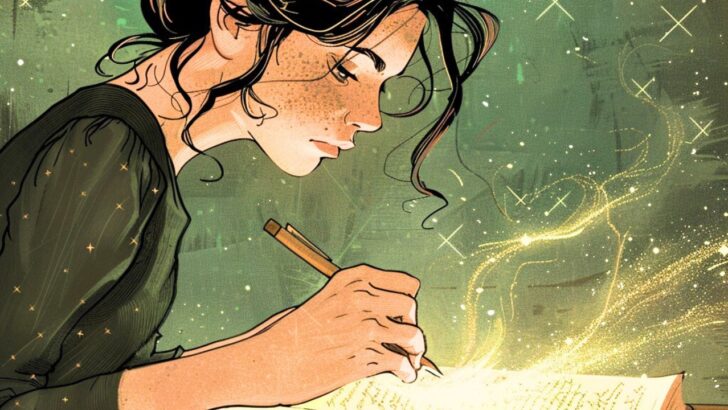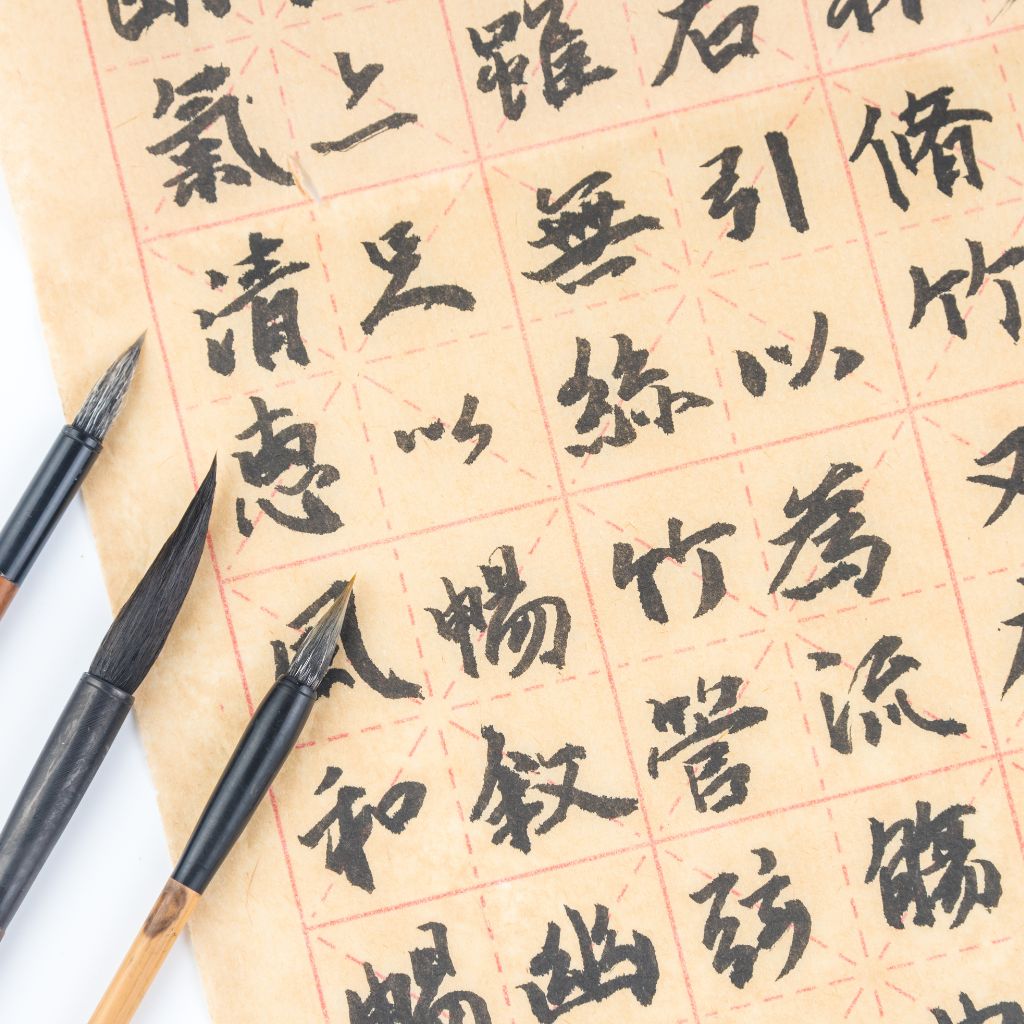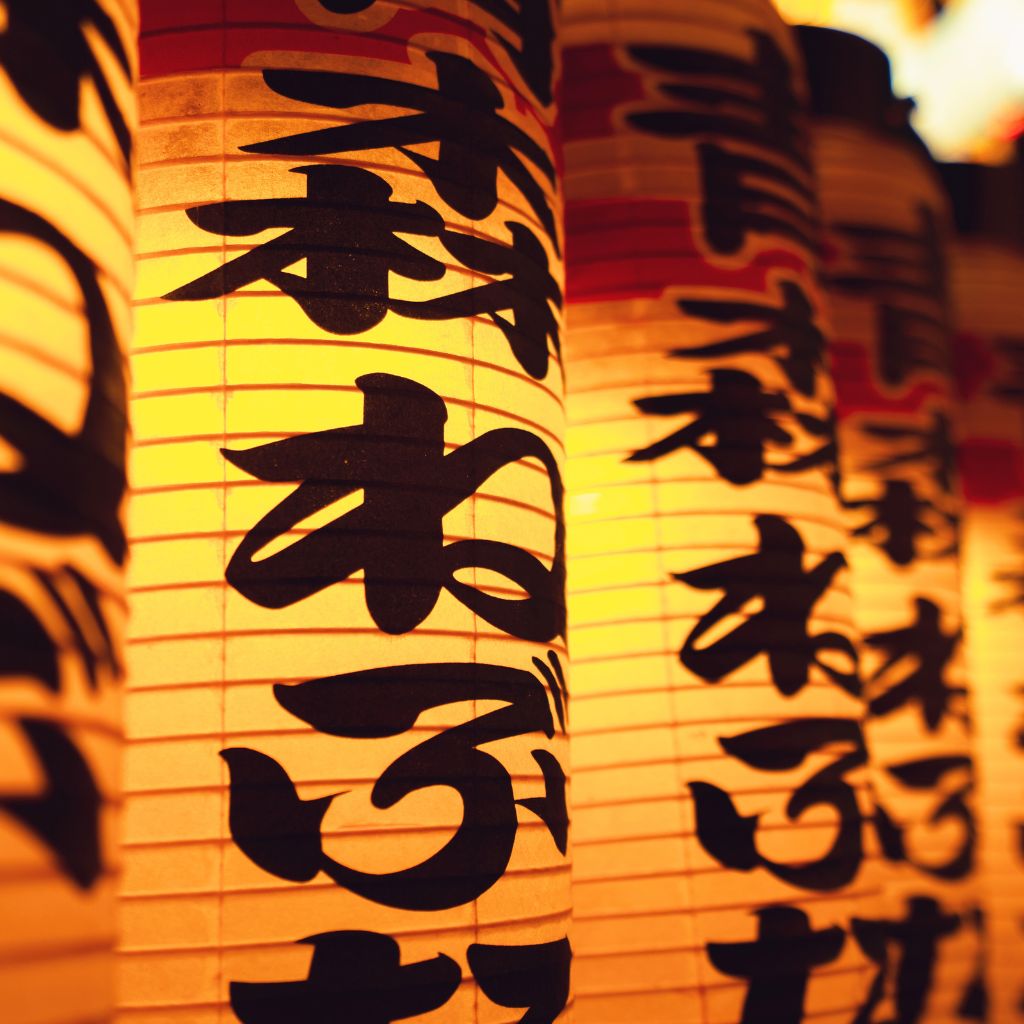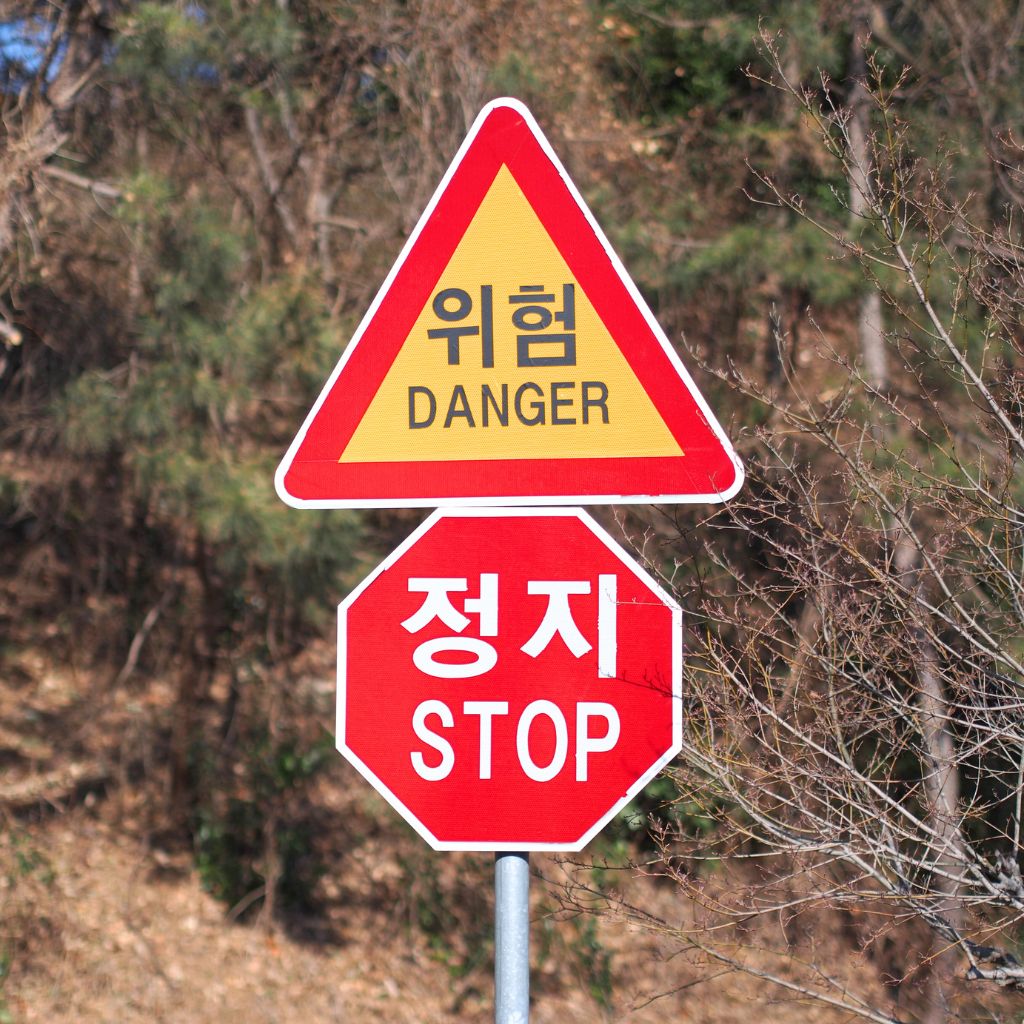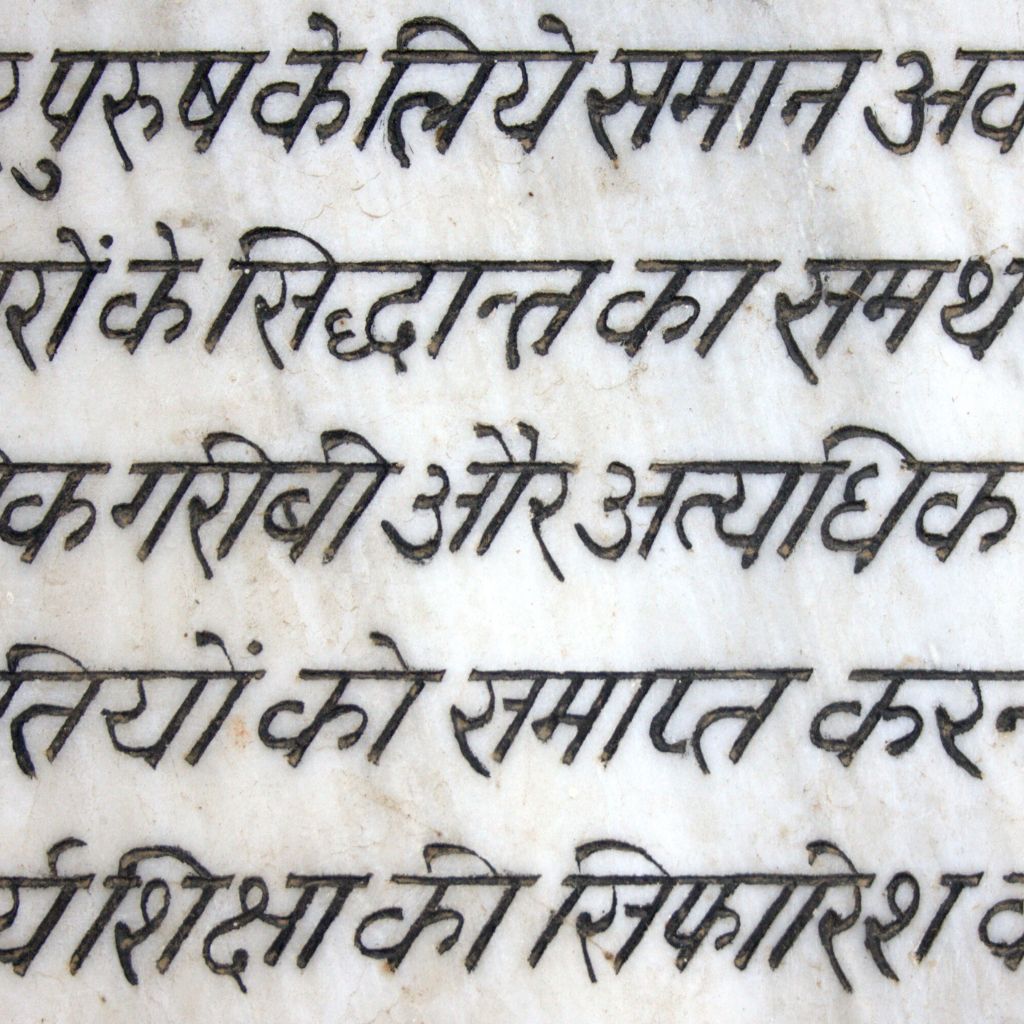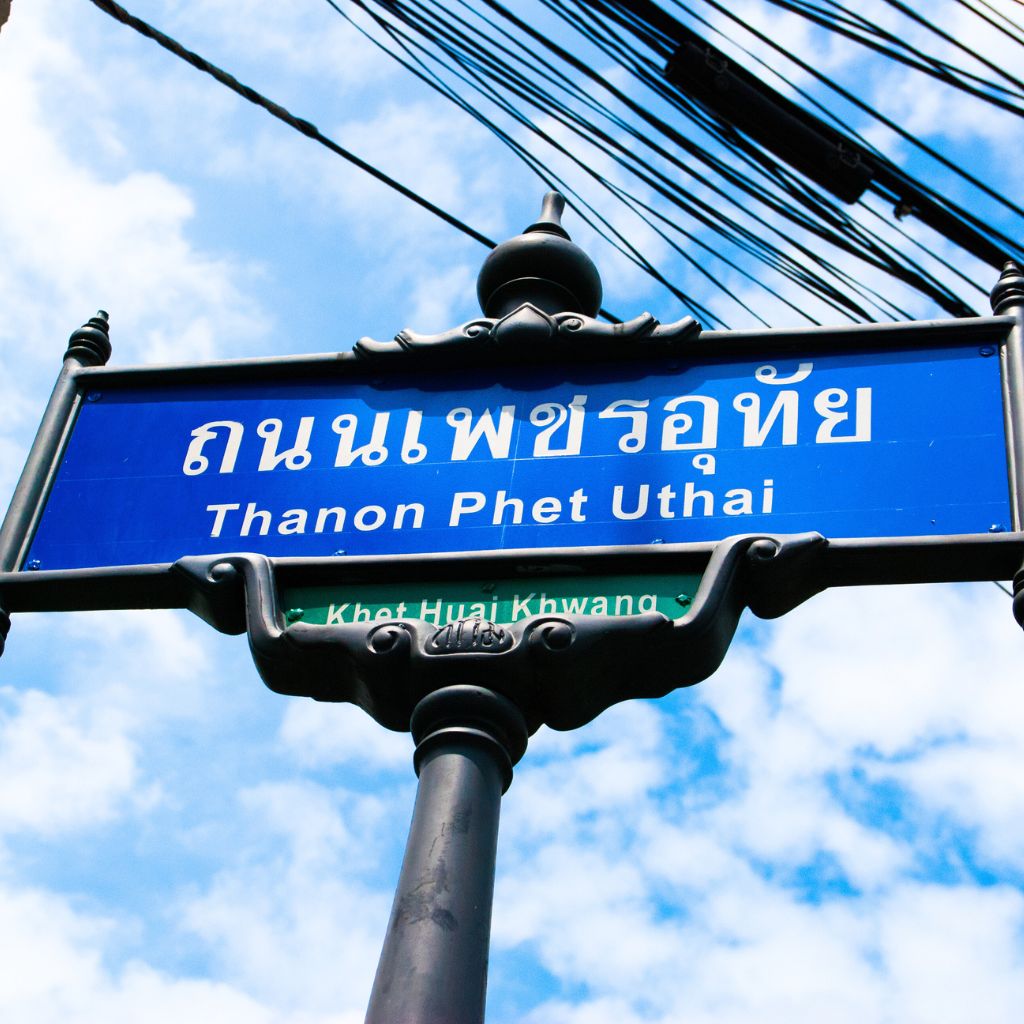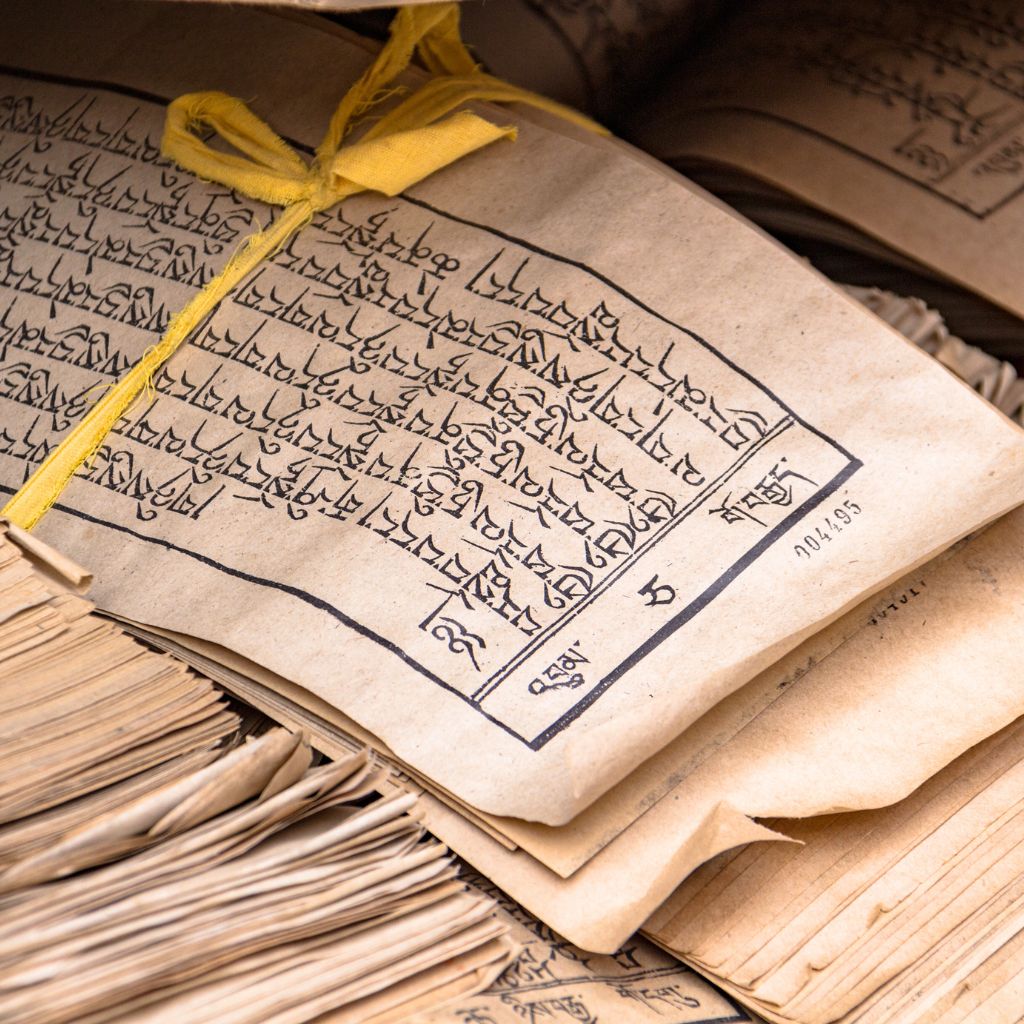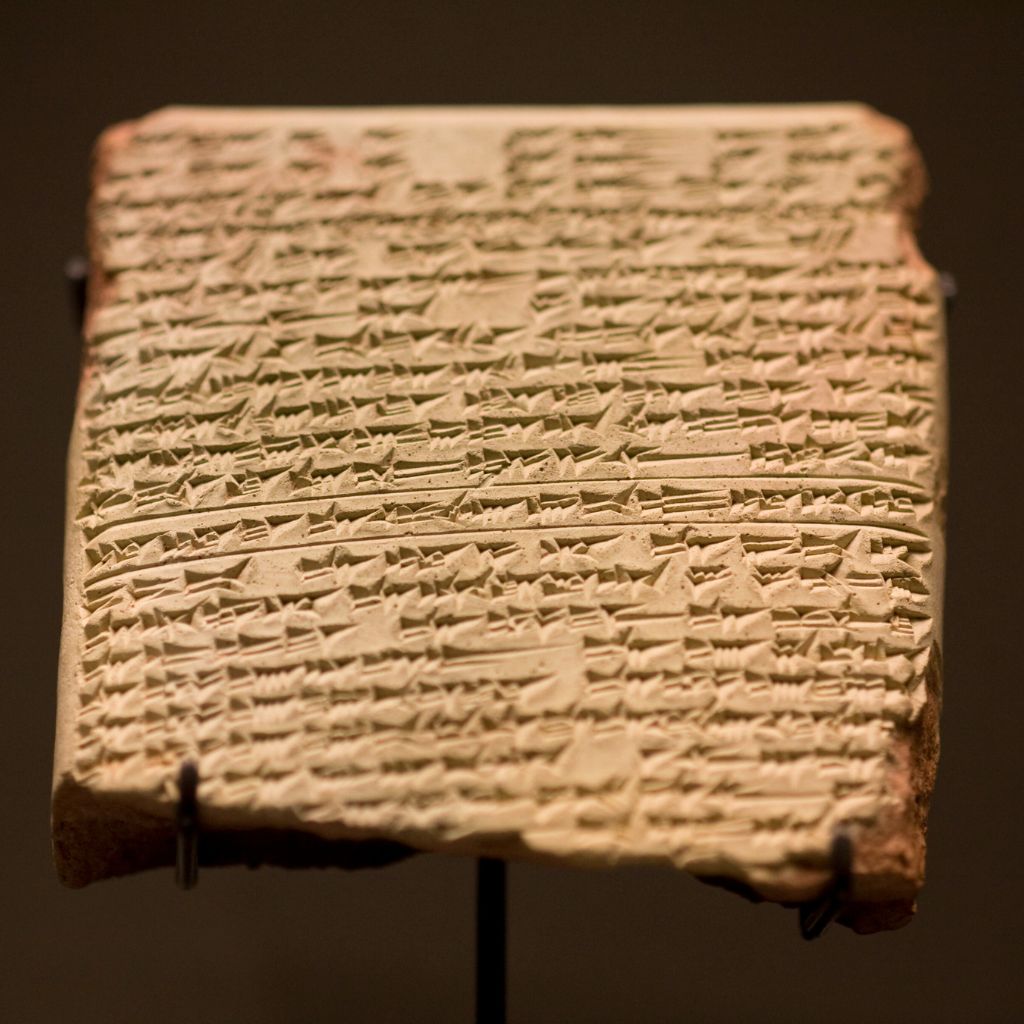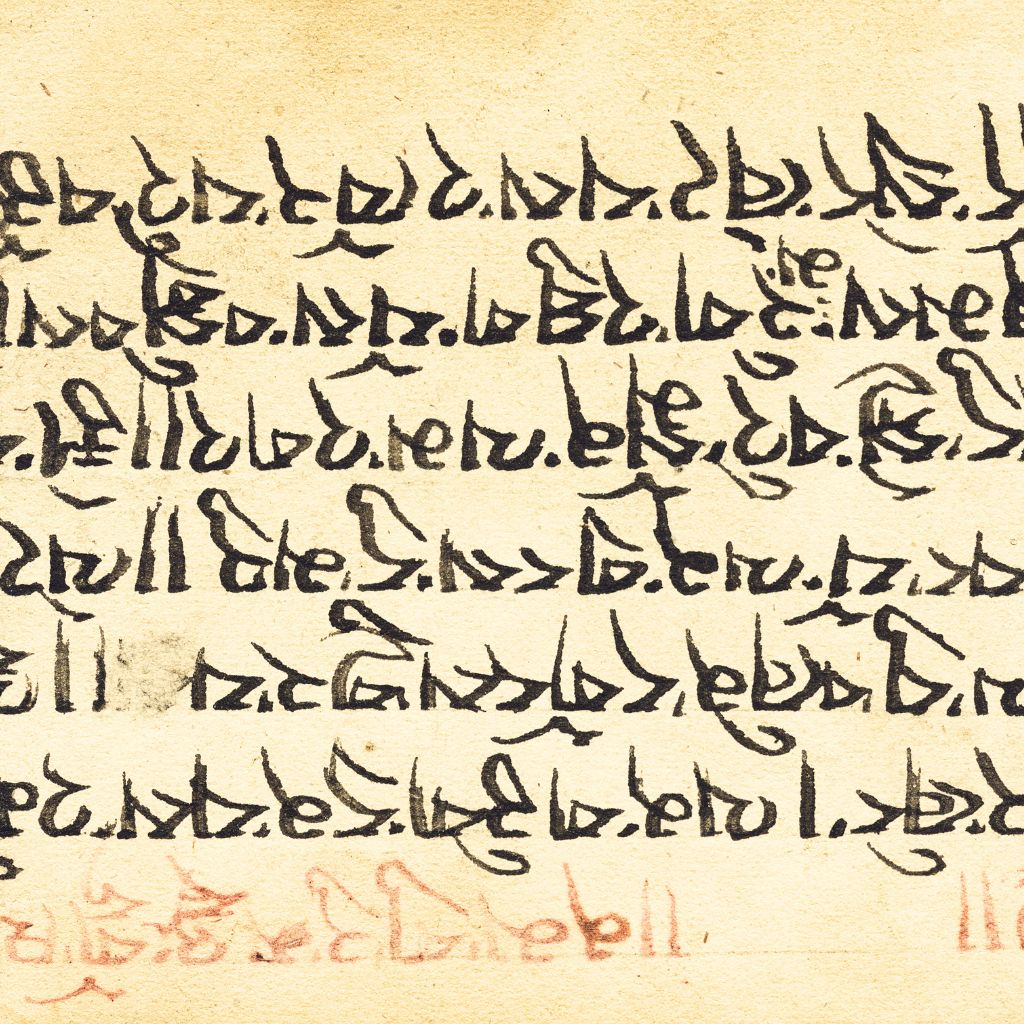?. ??????? ?????
Comprising over 50,000 characters, Hanzi are logograms that represent words or morphemes. Each character is rich in history, often telling a story through its strokes, and literacy in modern China is achieved with the knowledge of about 3,000 to 4,000 characters.
Hanzi characters are built from a set of basic strokes, combined into radicals that give clues about the character’s meaning and pronunciation. Learning Hanzi involves not only memorizing the shapes but also understanding the etymology and evolution of characters. For instance, the character for “tree” (木) visually resembles a tree, while the character for “forest” (森) is formed by three tree characters together, signifying multiple trees.
This deep historical and cultural context enriches the learning process, making Hanzi a window into Chinese civilization’s past and its philosophical foundations.
?. ???????? ?????
Derived from Chinese characters, Kanji conveys meaning and sound, with multiple readings for a single character making it complex. The combination of Kanji with the two syllabic scripts, Hiragana and Katakana, makes Japanese particularly challenging for learners.
Kanji, adopted from Chinese Hanzi, play a crucial role in Japanese writing by representing ideas and sounds. Each kanji character can have multiple pronunciations, including on’yomi (Chinese reading) and kun’yomi (native Japanese reading), depending on context. This dual reading system adds a layer of complexity, as learners must memorize different readings for various contexts.
Combined with Hiragana and Katakana, which are phonetic scripts used for native words and foreign loanwords respectively, Kanji creates a multifaceted and rich writing system that reflects Japan’s linguistic history and cultural heritage.
?. ?????? ??????
Initially designed to be easy to learn, Hangul’s complexity arises when creating syllable blocks that have specific pronunciation rules. This featural script uniquely indicates the shape of the mouth and position of the tongue during articulation.
Hangul, the Korean writing system, was invented in the 15th century by King Sejong the Great and his scholars to promote literacy. Hangul is a featural alphabet, meaning that the shapes of the characters are designed to represent the physical articulation of sounds. Letters are combined into syllable blocks, where consonants and vowels fit together in a square space. This system is phonologically accurate and logical, but the rules for combining characters and the pronunciation changes based on context can be intricate. Hangul’s design reflects a deep understanding of phonetics, making it one of the most scientific writing systems in the world.
?. ?????? ??????
Arabic script has 28 letters that change shape depending on their position in a word, and it’s written from right to left. This cursive script is also used, with regional variations, for languages such as Persian, Urdu, and Pashto.
Arabic script is a beautiful and flowing script that is inherently cursive. Letters connect within words, and each letter can have up to four different forms—isolated, initial, medial, and final—depending on its position within a word. Arabic is written from right to left, a characteristic shared with other scripts like Hebrew.
The script’s cursive nature adds to its aesthetic appeal, with calligraphy being a highly respected art form in Arab cultures. The script is also adaptive, having been modified to write numerous languages across different regions, demonstrating its versatility and enduring legacy.
?. ??????????
Used for over 120 languages, including Hindi and Sanskrit, Devanagari’s combination of consonants and vowels into compound characters adds complexity. The script is notable for its horizontal line that runs along the top of full letters, known as the headstroke or shirorekha.
Devanagari is a script with a rich cultural and linguistic heritage. Its characters are constructed using a combination of vowels and consonants, which can be combined to form complex syllabic clusters. The distinctive horizontal line, called the shirorekha, that connects the characters gives Devanagari its unique visual identity. This script is used in the religious texts of Hinduism, Buddhism, and Jainism, making it a vital part of spiritual and cultural traditions in South Asia. Learning Devanagari involves mastering the conjunct forms of consonants and understanding the inherent vowel system, which can be a challenging yet rewarding process.
?. ???? ??????
Thai script has 44 consonants and 15 vowel symbols that form at least 28 vowel forms, and its alphabetic ordering is unique. Vowel signs can be placed above, below, before, or after the consonant they follow, contributing to the script’s intricacy.
The Thai script, derived from the Khmer script, is used to write the Thai language and several minority languages in Thailand. Its unique arrangement allows vowels to be positioned in various locations relative to consonants, which requires learners to pay close attention to the order of writing and reading.
Additionally, the script includes tone marks that are essential for correct pronunciation in this tonal language. The complexity of the Thai script is further enhanced by its historical development and the inclusion of numerous letters that represent sounds no longer used in modern Thai, reflecting the language’s evolution.
?. ??????? ??????
Tibetan requires the combination of a base letter with additional subjoined letters to form consonant clusters. The script is not only visually striking but also has a system of prefixes, suffixes, superscribed letters, and subjoined letters that alter pronunciation.
Tibetan script, used primarily for the Tibetan language and various other languages of the Himalayas, has a rich history closely tied to Buddhism. The script’s structure allows for the creation of complex consonant clusters through the use of subjoined and superscribed letters, making it unique among writing systems. It also includes diacritical marks that indicate vowel length, tone, and other phonetic features.
Tibetan script is often used in religious texts, and its calligraphic forms are considered an art. Learning this script involves understanding the intricate relationships between the letters and their modifications, which reflect the deep cultural and spiritual traditions of Tibetan society.
?. ???????? ?????????:
Georgian script has three writing systems, Mkhedruli being the modern one used today, each with historical and stylistic significance. Mkhedruli itself is unicase, meaning it does not distinguish between upper and lower cases, which is relatively rare among scripts.
The Georgian script Mkhedruli, used to write the Georgian language, is characterized by its elegant, flowing lines and unique structure. Unlike most scripts, Mkhedruli does not differentiate between uppercase and lowercase letters, giving it a uniform appearance. Georgian has its own unique alphabetic order, distinct from other scripts, and includes 33 letters. The script’s origins date back to the 5th century, with its earlier forms, Asomtavruli and Nuskhuri, still used in religious contexts. Learning Mkhedruli involves mastering its unique letterforms and understanding its historical evolution, which reflects the rich cultural heritage of Georgia.
?. ???????? (??????)
Tifinagh script, used by the Tuareg people, has experienced a revival in recent times, with distinct geometric symbols. It’s an abjad, typically notating only consonants, and has adapted to modern uses including digital fonts and computing.
Tifinagh, the script used by the Berber-speaking Tuareg people, is known for its distinctive geometric shapes and ancient origins. Traditionally an abjad, Tifinagh primarily represents consonants, with vowels being implied or omitted. The script has seen a resurgence in recent years, with efforts to standardize it for modern use, including the development of digital fonts and inclusion in Unicode. Tifinagh’s revival is part of a broader movement to preserve and promote Berber culture and language. Learning Tifinagh involves understanding its unique symbols and their historical significance, as well as its adaptation to contemporary communication needs.
??. ????? ???????????
An ancient writing system combining logograms with phonetic signs, decoding Mayan texts remains challenging due to the script’s complexity. Scholars continue to decode this script, and it plays a crucial role in understanding the rich history of the Maya civilization.
Mayan hieroglyphs, used by the ancient Maya civilization, are a complex system of writing that includes logograms and syllabic symbols. These glyphs were inscribed on monuments, pottery, codices, and other artifacts, preserving the Maya’s history, mythology, and knowledge. Deciphering Mayan hieroglyphs involves understanding the intricate interplay between phonetic elements and symbolic representations, which often vary depending on the context.
This script provides crucial insights into the political, social, and religious life of the Maya, making it a vital tool for archaeologists and historians studying pre-Columbian Mesoamerica.
??. ???????? ???????????
Egyptian Hieroglyphs are one of the oldest writing systems and include over 1,000 distinct characters. These pictorial symbols were used primarily for monumental inscriptions and conveyed a sense of divine permanence.
Egyptian hieroglyphs, the formal writing system of ancient Egypt, combine logographic and alphabetic elements. They were primarily used for religious texts, monumental inscriptions, and official documents, believed to be a language of the gods. Hieroglyphs could be written in rows or columns and read left to right or right to left, depending on the direction the characters faced. This writing system’s complexity lies in its large inventory of signs and the need for scribes to master a vast array of symbols and their combinations.
Hieroglyphs provide invaluable insights into ancient Egyptian culture, religion, and administration, illuminating one of the world’s earliest and most sophisticated civilizations.
??. ?????????
Originating in ancient Mesopotamia, Cuneiform script involves hundreds of wedge-shaped marks pressed into clay. It is one of the earliest forms of writing and was used for various languages such as Sumerian, Akkadian, and Hittite.
Cuneiform, developed by the Sumerians around 3400 BCE, is one of the earliest known writing systems. It involves pressing a stylus into clay tablets to create wedge-shaped marks, hence its name, derived from the Latin word “cuneus” meaning wedge. Cuneiform was used to record a wide range of information, including economic transactions, legal codes, literature, and scientific texts. It evolved to be used by multiple languages and cultures in the ancient Near East. Deciphering cuneiform requires understanding its complex system of signs, which can represent syllables, words, or ideas. This script provides crucial insights into early human civilization, its administration, culture, and advances in various fields.
??. ???????? (??’??) ??????
Serving as the writing system for several languages in the Horn of Africa, the Ethiopic script has over 200 characters, making it visually complex. Its syllabary nature and need to denote vowel changes within the same consonant family add to its uniqueness.
The Ethiopic script, also known as Ge’ez, is used for languages such as Amharic, Tigrinya, and Ge’ez, the classical liturgical language of the Ethiopian Orthodox Church. The script is an abugida, where each character represents a consonant-vowel combination. The base form of a character changes depending on the vowel it represents, resulting in over 200 distinct characters. This writing system’s complexity lies in its large character set and the modifications required for different vowel sounds.
The Ethiopic script has a long history, closely linked to the religious and cultural identity of the Ethiopian people. Learning it involves understanding the intricate relationships between characters and their variations.
??. ????????? ??????
Written vertically, Mongolian script has letters that take different forms at the beginning, middle, and end of words. Its beauty lies in its calligraphic tradition, which is influenced by the ancient Uighur script.
The Mongolian script, used to write the Mongolian language and some other languages, is written vertically from top to bottom and left to right. It is derived from the Old Uyghur alphabet and features letters that change shape depending on their position within a word—initial, medial, or final. This dynamic form adds a layer of complexity, requiring learners to recognize and write each form correctly.
The Mongolian script is renowned for its elegance and is often used in artistic calligraphy. Understanding the Mongolian script involves mastering its positional forms and appreciating its historical and cultural significance. It reflects the nomadic heritage and rich literary traditions of the Mongolian people.
??. ?????? ??????
An ancient Indian script, Brahmi is the progenitor of a whole family of scripts, including those used to write Sanskrit and Pali. Its structure and system influenced the development of many other Asian writing systems.
Brahmi script, dating back to the 3rd century BCE, is one of the oldest writing systems in the Indian subcontinent. It is considered the ancestor of many modern Indian scripts, including Devanagari, Tamil, and Bengali. Brahmi is an abugida, where each consonant has an inherent vowel that can be changed or muted with diacritics. This script laid the foundation for the writing systems used in South and Southeast Asia, influencing scripts like Thai, Khmer, and Tibetan.
Learning Brahmi involves understanding its basic structure, the evolution of its characters, and its impact on subsequent writing systems. Its historical significance is immense, providing insights into ancient Indian culture, administration, and the spread of Buddhism and other Indian religions.

Hey fellow Linguaholics! It’s me, Marcel. I am the proud owner of linguaholic.com. Languages have always been my passion and I have studied Linguistics, Computational Linguistics and Sinology at the University of Zurich. It is my utmost pleasure to share with all of you guys what I know about languages and linguistics in general.

